Home>Construction & Tools>Building Materials>How Thick Is Stone Veneer
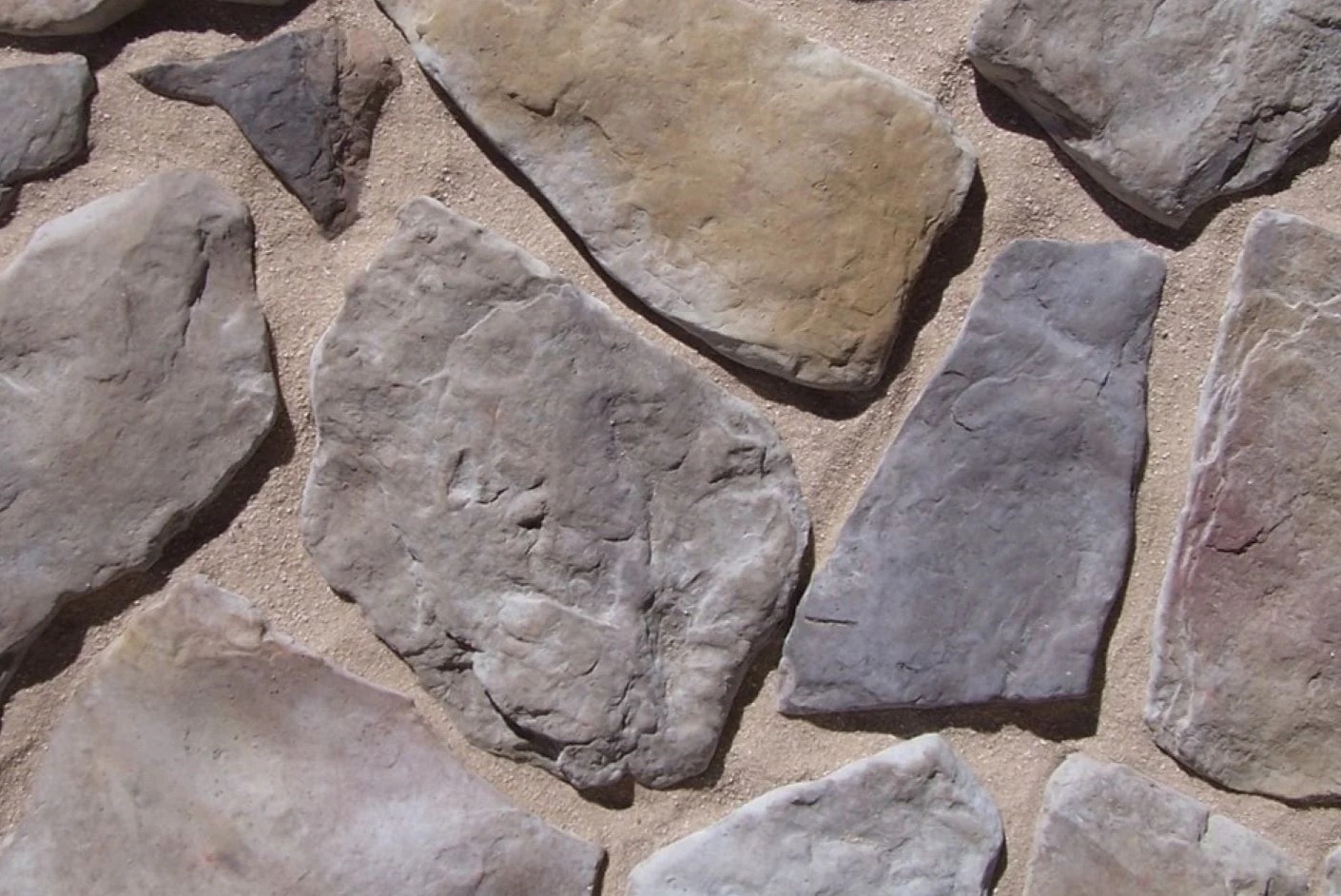

Building Materials
How Thick Is Stone Veneer
Modified: January 19, 2024
Stone veneer thickness is a crucial aspect of building materials. Discover the ideal thickness for your project and make an informed decision.
(Many of the links in this article redirect to a specific reviewed product. Your purchase of these products through affiliate links helps to generate commission for Storables.com, at no extra cost. Learn more)
Introduction
Are you considering adding a touch of natural elegance to your home or office space? Stone veneer can be an excellent choice to achieve a sophisticated and timeless aesthetic. However, understanding the thickness of stone veneer is crucial to ensure a successful installation and long-lasting beauty. In this comprehensive guide, we will explore the various aspects of stone veneer thickness, including its significance, types, recommended thickness, and factors that influence this critical characteristic. Whether you are a homeowner planning a renovation or a contractor seeking valuable insights, this article will equip you with the knowledge needed to make informed decisions regarding stone veneer applications. Let's delve into the fascinating world of stone veneer and unravel the mysteries of its thickness.
Key Takeaways:
- Stone veneer comes in different thicknesses, with thin veneer being around 1 inch and standard veneer being 1.5 to 2 inches. The thickness affects the appearance, durability, and installation of the veneer.
- Factors like structural support, architectural design, installation method, environmental exposure, and cost influence the choice of stone veneer thickness. Thicker veneer is preferred for exterior applications, while thinner veneer is suitable for interior use.
Read more: What Is Stone Veneer
What is Stone Veneer?
Stone veneer is a versatile and popular building material that replicates the appearance of natural stone while offering various practical and aesthetic advantages. It is crafted to mimic the texture, color, and shape of authentic stone, providing a stunning visual appeal at a fraction of the cost. This lightweight and thin cladding material is typically used to enhance the exterior or interior of structures, creating a captivating and luxurious ambiance.
Manufactured using a blend of Portland cement, aggregates, and iron oxide pigments, stone veneer is meticulously designed to emulate the beauty of natural stone. The production process involves casting the materials into molds that capture the intricate details of real stone, resulting in a remarkably realistic finish. Additionally, some stone veneer products incorporate natural stone particles to further enhance their authenticity.
One of the key advantages of stone veneer lies in its adaptability to diverse architectural styles and design preferences. Whether adorning the façade of a modern residence, accentuating a rustic fireplace, or embellishing an interior feature wall, stone veneer effortlessly elevates the visual allure of any space. Its lightweight nature also simplifies installation, making it an attractive option for both professional contractors and ambitious DIY enthusiasts.
Furthermore, stone veneer offers exceptional durability and weather resistance, ensuring long-term performance and minimal maintenance requirements. It serves as a protective barrier against environmental elements, safeguarding the underlying structure while exuding a timeless charm. With an extensive array of colors, textures, and patterns available, stone veneer enables individuals to express their unique style and bring their architectural visions to life.
Whether used for exterior cladding, interior accents, or landscape features, stone veneer embodies the enduring beauty of natural stone in a practical and cost-effective form. Its remarkable versatility, durability, and aesthetic appeal have made it a preferred choice for enhancing the visual impact of residential and commercial spaces alike.
Types of Stone Veneer
Stone veneer is available in a variety of types, each offering distinct characteristics and installation methods. Understanding the differences between these types is essential for selecting the most suitable option for your specific project. Let’s explore the primary types of stone veneer:
Natural Stone Veneer
Natural stone veneer is crafted from genuine stone that is carefully split or sawn to achieve a thin profile. This type of veneer retains the authentic beauty and texture of natural stone, showcasing its unique variations and irregularities. It is often favored for its organic appearance and timeless elegance, making it an ideal choice for both interior and exterior applications.
Cultured Stone Veneer
Also known as manufactured stone veneer, cultured stone veneer is engineered to replicate the look of natural stone using lightweight concrete and other composite materials. It is molded and colored to resemble various types of stone, offering a diverse range of colors and textures. Cultured stone veneer provides a cost-effective alternative to natural stone, delivering exceptional aesthetic appeal and design flexibility.
Read more: How To Attach Stone Veneer
Architectural Stone Veneer
Architectural stone veneer encompasses a broad category of stone cladding products designed for architectural applications. This type of veneer is available in an extensive selection of styles, including ledge stone, fieldstone, limestone, and more. It is renowned for its versatility and ability to complement a wide range of architectural designs, from traditional to contemporary.
Thin Brick Veneer
While not a traditional stone veneer, thin brick veneer shares similar characteristics and applications. It consists of thin slices of genuine clay brick, providing the authentic appearance of full-sized bricks while offering the benefits of lightweight and easy installation. Thin brick veneer is a popular choice for adding a rustic or industrial aesthetic to interior and exterior surfaces.
Each type of stone veneer presents unique attributes and visual qualities, catering to diverse design preferences and project requirements. By exploring the characteristics of these types, you can make an informed decision that aligns with your aesthetic vision and practical needs.
Thickness of Stone Veneer
When considering the thickness of stone veneer, it is essential to recognize that this characteristic plays a pivotal role in the material’s appearance, structural integrity, and installation process. Stone veneer is available in various thicknesses, each serving distinct purposes and offering unique advantages. Understanding the different thickness options is crucial for achieving the desired aesthetic and ensuring a successful application.
The thickness of stone veneer typically ranges from 1 inch to 2 inches, with variations in between to accommodate specific design preferences and installation requirements. The choice of thickness depends on the intended application, the structural support available, and the desired visual impact.
Thin Stone Veneer
Thin stone veneer, often measuring around 1 inch in thickness, is favored for its lightweight and versatile nature. This thin profile allows for easier handling and installation, making it suitable for a wide range of applications, including interior accent walls, fireplace surrounds, and exterior façades. Despite its slender profile, thin stone veneer maintains the authentic appearance of natural stone, offering a compelling visual appeal without the weight and complexity associated with thicker materials.
Read more: How To Clean Exterior Stone Veneer
Standard Stone Veneer
Standard stone veneer, typically measuring around 1.5 to 2 inches in thickness, provides a robust and substantial cladding option for exterior surfaces and architectural features. This thickness offers enhanced durability and visual depth, creating a striking presence that closely resembles the appearance of full-bed masonry. Standard stone veneer is well-suited for applications where a bolder and more pronounced stone aesthetic is desired, contributing to a timeless and enduring architectural appeal.
The selection of stone veneer thickness should align with the specific requirements of the project, including structural considerations, design objectives, and installation logistics. By understanding the implications of different thickness options, you can make informed decisions that optimize the visual impact and performance of the stone veneer application.
Factors Affecting Stone Veneer Thickness
The choice of stone veneer thickness is influenced by various factors, each of which plays a crucial role in determining the suitability and performance of the material for a particular application. Understanding these factors is essential for making informed decisions and ensuring the successful integration of stone veneer into architectural and design projects. Let’s explore the key considerations that affect stone veneer thickness:
Structural Support
The existing structural support of the surface where the stone veneer will be installed is a significant factor in determining the appropriate thickness. Thicker stone veneer may require additional support and anchoring to ensure stability and longevity, especially for exterior applications. Conversely, thinner stone veneer may offer greater flexibility in installation, particularly in areas where structural reinforcement is limited.
Architectural Design
The architectural style and design objectives of the project influence the selection of stone veneer thickness. For instance, a contemporary design may benefit from thinner stone veneer to maintain a sleek and minimalist appearance, while a traditional or rustic design may call for thicker veneer to achieve a more substantial and timeless aesthetic. The thickness of the stone veneer contributes to the overall visual impact and character of the architectural elements.
Read more: What Is Stone Veneer Siding
Installation Method
The chosen method of installation, whether it involves adhering the veneer directly to the substrate or using a support system, can impact the preferred thickness of the stone veneer. Certain installation techniques may be better suited for thinner or thicker veneer, influencing the overall ease of installation and the structural integrity of the cladding system.
Environmental Exposure
The anticipated exposure to environmental elements, such as extreme weather conditions and moisture, can affect the choice of stone veneer thickness. Thicker veneer may offer enhanced resistance to environmental stressors, making it a suitable option for exterior applications in harsh climates. In contrast, thinner veneer may be more appropriate for interior applications or areas with minimal exposure to external elements.
Cost and Weight Considerations
The cost of materials and the weight of the stone veneer are practical considerations that can influence the selection of thickness. Thicker veneer may involve higher material costs and require additional structural support, impacting the overall project budget and logistics. Thinner veneer, on the other hand, offers a lighter and potentially more cost-effective solution for certain applications.
By considering these factors in the context of the specific project requirements, stakeholders can make informed decisions regarding the thickness of stone veneer, ensuring that it aligns with the structural, aesthetic, and practical considerations of the overall design.
Recommended Thickness for Stone Veneer
Choosing the appropriate thickness for stone veneer is a critical decision that significantly impacts the visual appeal, structural integrity, and long-term performance of the cladding. While the recommended thickness may vary based on specific project requirements and design objectives, certain guidelines can help inform the selection process. Here are considerations for determining the recommended thickness for stone veneer:
Read more: How To Install Stone Veneer Siding
Exterior Applications
For exterior applications, a recommended thickness of 1.5 to 2 inches is often preferred for stone veneer. This thickness provides durability and visual depth, ensuring a robust and enduring cladding solution that can withstand environmental exposure and contribute to the architectural character of the building. Thicker veneer offers enhanced resistance to weathering and impacts, making it suitable for exterior facades, accent walls, and other prominent features.
Interior Applications
When considering stone veneer for interior applications, the recommended thickness may vary based on the design objectives and structural support available. Thinner stone veneer, typically around 1 inch in thickness, is well-suited for interior accent walls, fireplace surrounds, and other decorative elements. Thinner veneer offers ease of installation and versatility, allowing for seamless integration into interior spaces without imposing excessive weight or complexity.
Architectural Style
The recommended thickness of stone veneer is also influenced by the architectural style and design aesthetic of the project. For contemporary and modern designs, thinner veneer may align with the sleek and minimalist characteristics of the architecture. In contrast, traditional and rustic designs may benefit from thicker veneer to evoke a sense of timeless solidity and authenticity.
Structural Considerations
Structural support and anchoring capabilities are pivotal factors in determining the recommended thickness of stone veneer. Thicker veneer may require robust support systems and anchoring methods to ensure stability and longevity, especially for vertical installations and exterior cladding. Evaluating the structural capacity of the substrate and the available support infrastructure is essential in determining the appropriate thickness for the veneer.
By considering these factors and consulting with design professionals and experienced contractors, stakeholders can determine the recommended thickness for stone veneer that aligns with the specific requirements and objectives of the project. This informed approach ensures that the selected thickness optimizes the visual impact, durability, and overall success of the stone veneer application.
Read more: How To Install Stone Veneer Fireplace
Conclusion
Stone veneer, with its remarkable ability to emulate the beauty of natural stone, offers a captivating and versatile cladding solution for architectural and design projects. The thickness of stone veneer plays a pivotal role in shaping its visual impact, structural performance, and installation considerations. By understanding the significance of stone veneer thickness and the factors that influence its selection, individuals can make informed decisions that align with their aesthetic vision, practical needs, and project requirements.
Whether opting for thin stone veneer to achieve a lightweight and adaptable cladding solution or choosing standard thickness for a robust and enduring architectural statement, the recommended thickness of stone veneer varies based on the specific application, design objectives, and structural considerations. By carefully evaluating these factors and seeking professional guidance when necessary, stakeholders can ensure the successful integration of stone veneer into their projects, enhancing the visual appeal and longevity of the architectural elements.
As you embark on your journey to incorporate stone veneer into your residential or commercial spaces, consider the unique attributes and visual qualities of each type of veneer. Whether you are drawn to the organic allure of natural stone veneer, the design flexibility of cultured stone veneer, or the timeless elegance of architectural stone veneer, there is a perfect option to bring your architectural visions to life.
By embracing the beauty and versatility of stone veneer, you can transform ordinary surfaces into extraordinary focal points, infusing your spaces with enduring charm and sophistication. With its ability to evoke the timeless appeal of natural stone, stone veneer stands as a testament to the seamless fusion of aesthetics and practicality, enriching architectural landscapes and interior environments with its captivating presence.
As you navigate the realm of stone veneer and explore the possibilities it presents, may your endeavors be guided by a deep appreciation for the artistry of stone and a commitment to creating spaces that exude timeless elegance and architectural distinction.
Frequently Asked Questions about How Thick Is Stone Veneer
Was this page helpful?
At Storables.com, we guarantee accurate and reliable information. Our content, validated by Expert Board Contributors, is crafted following stringent Editorial Policies. We're committed to providing you with well-researched, expert-backed insights for all your informational needs.
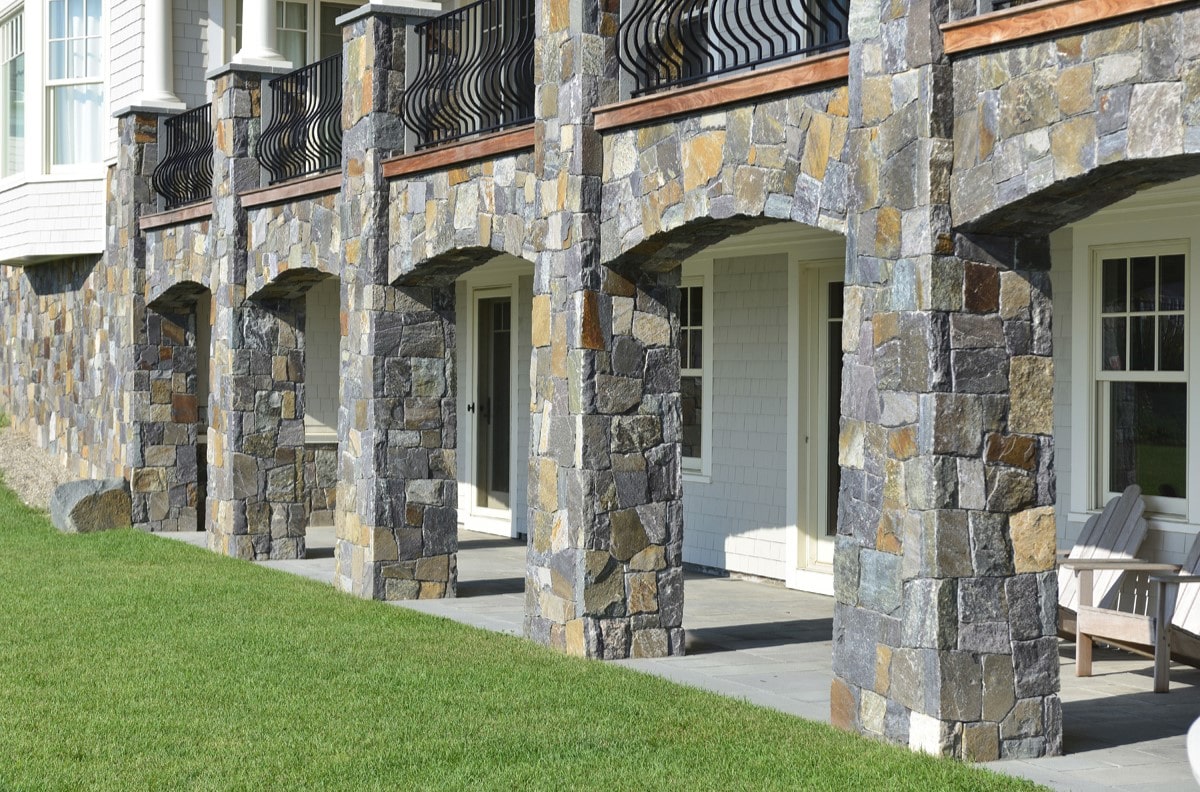
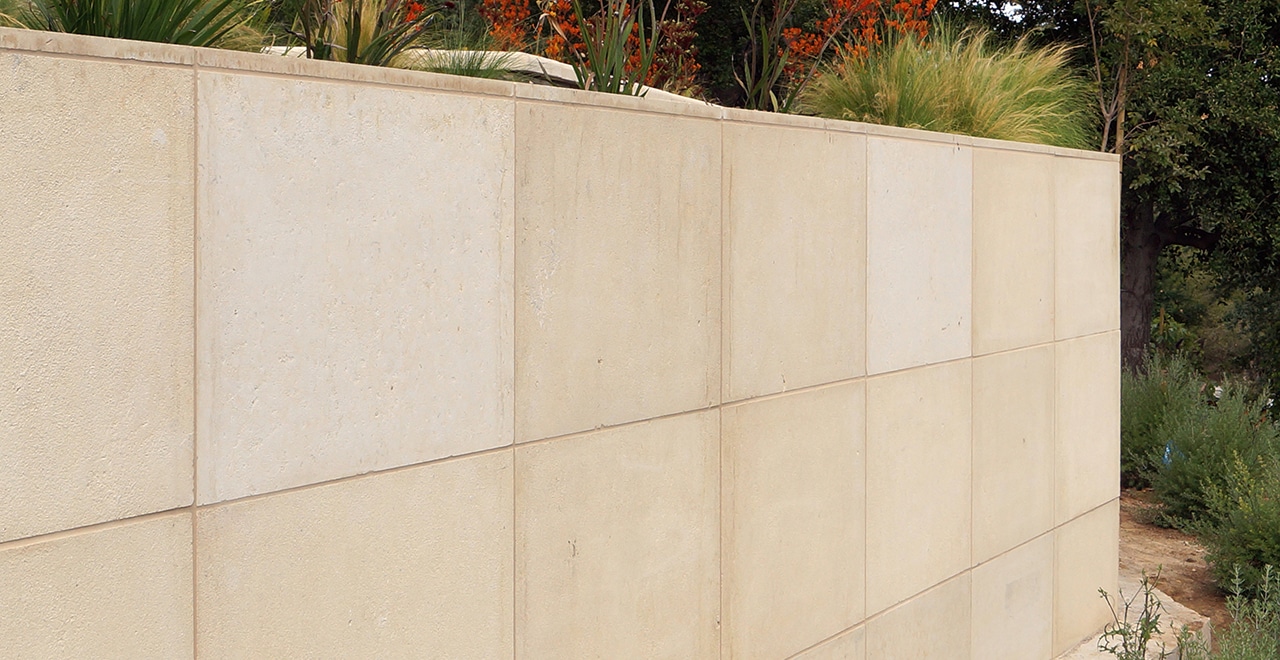
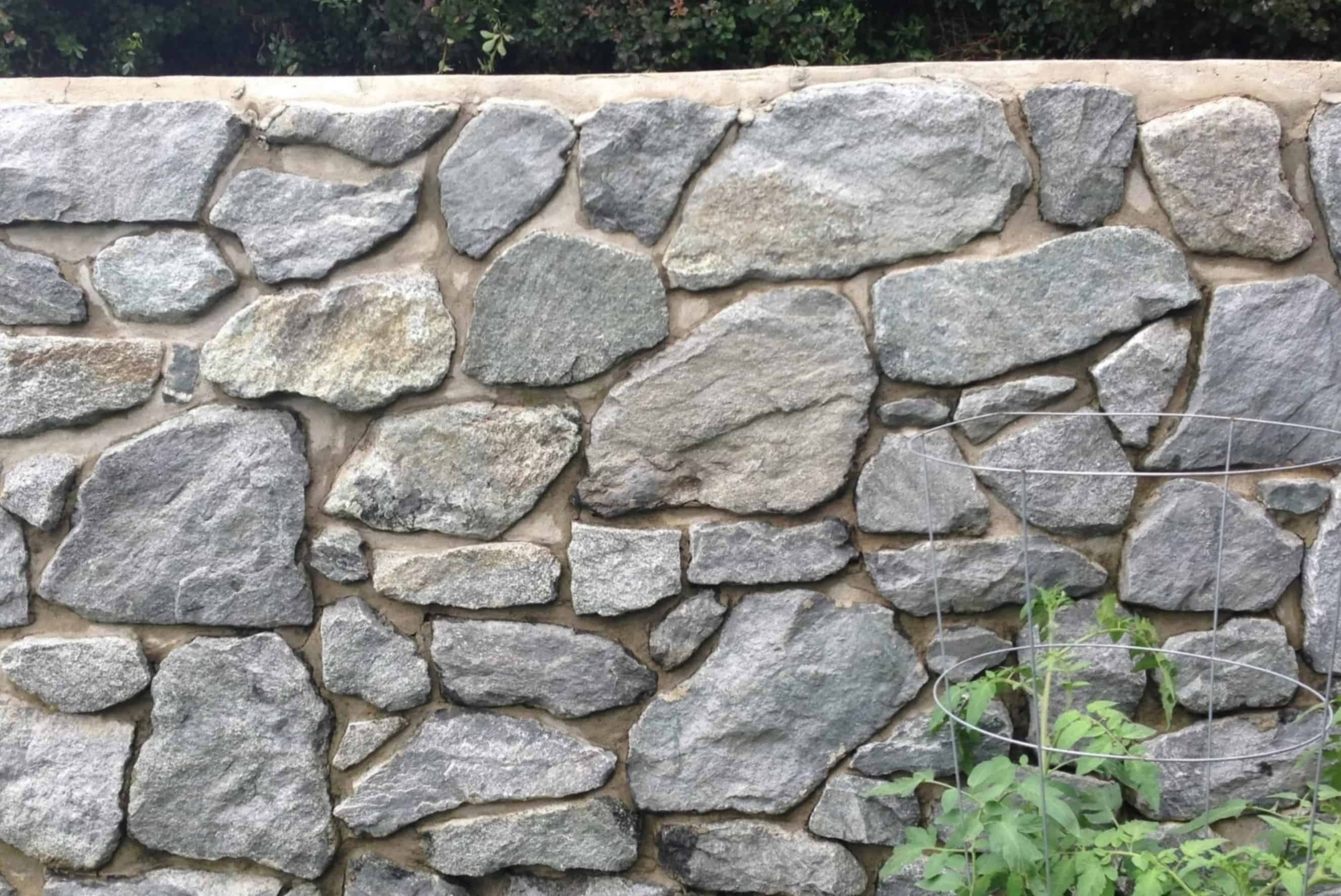
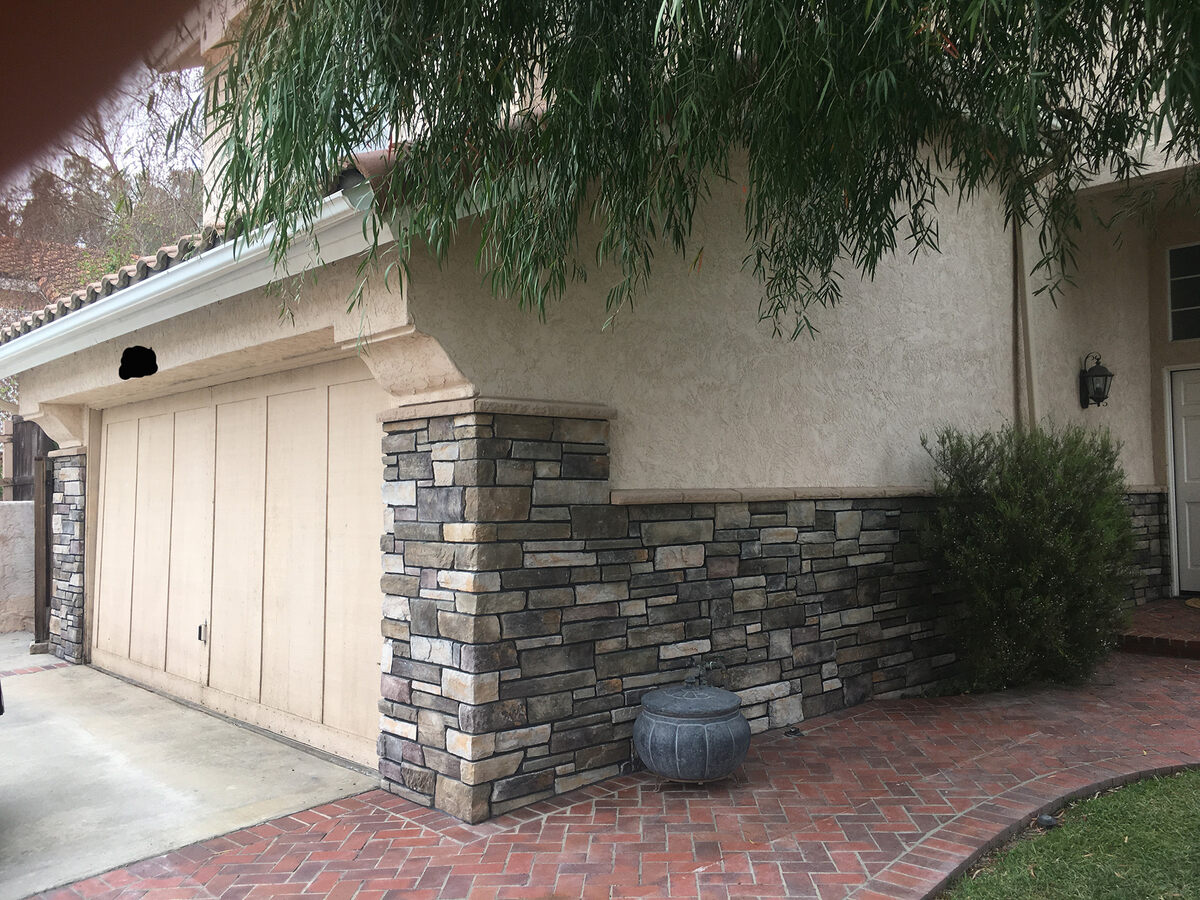
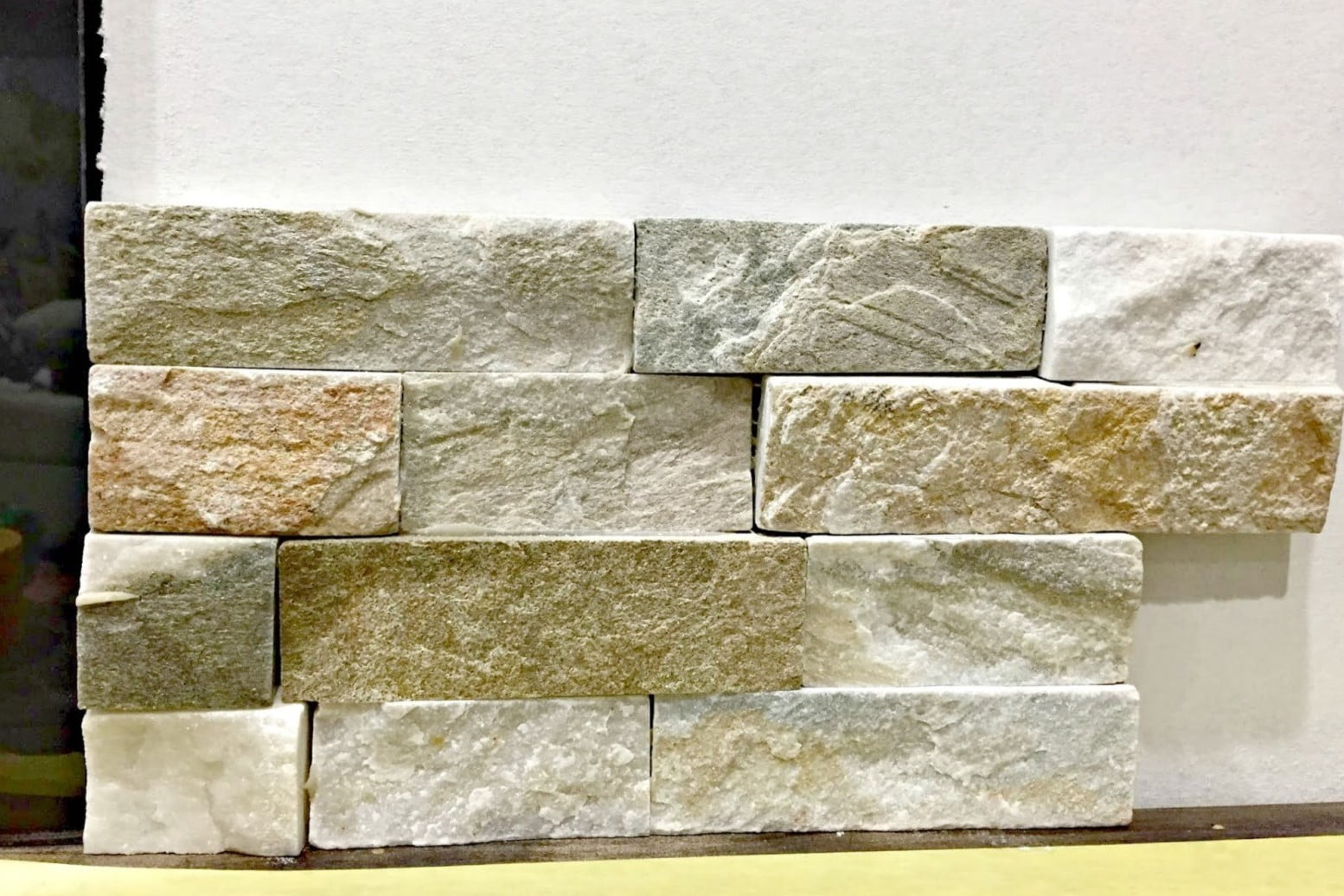
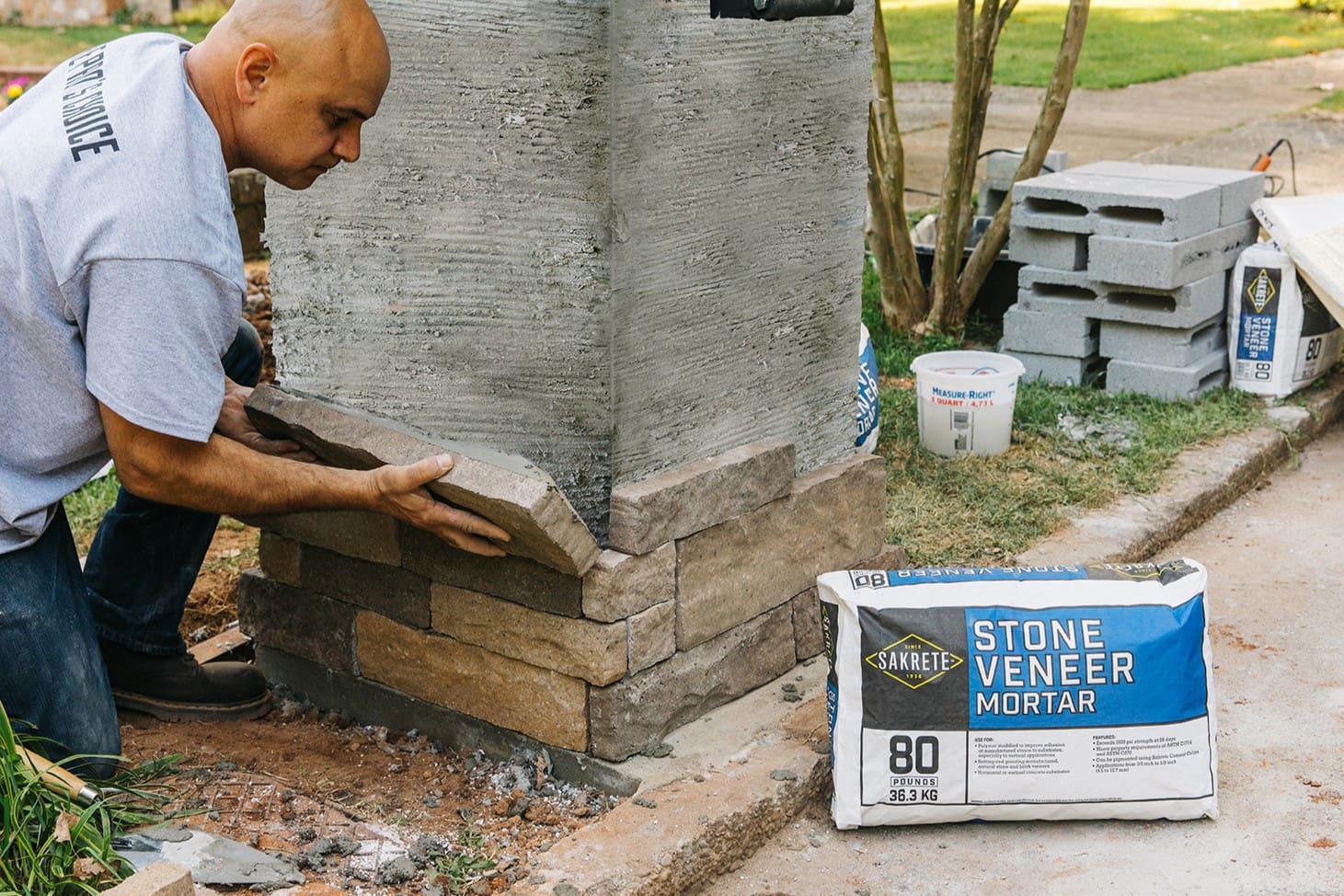
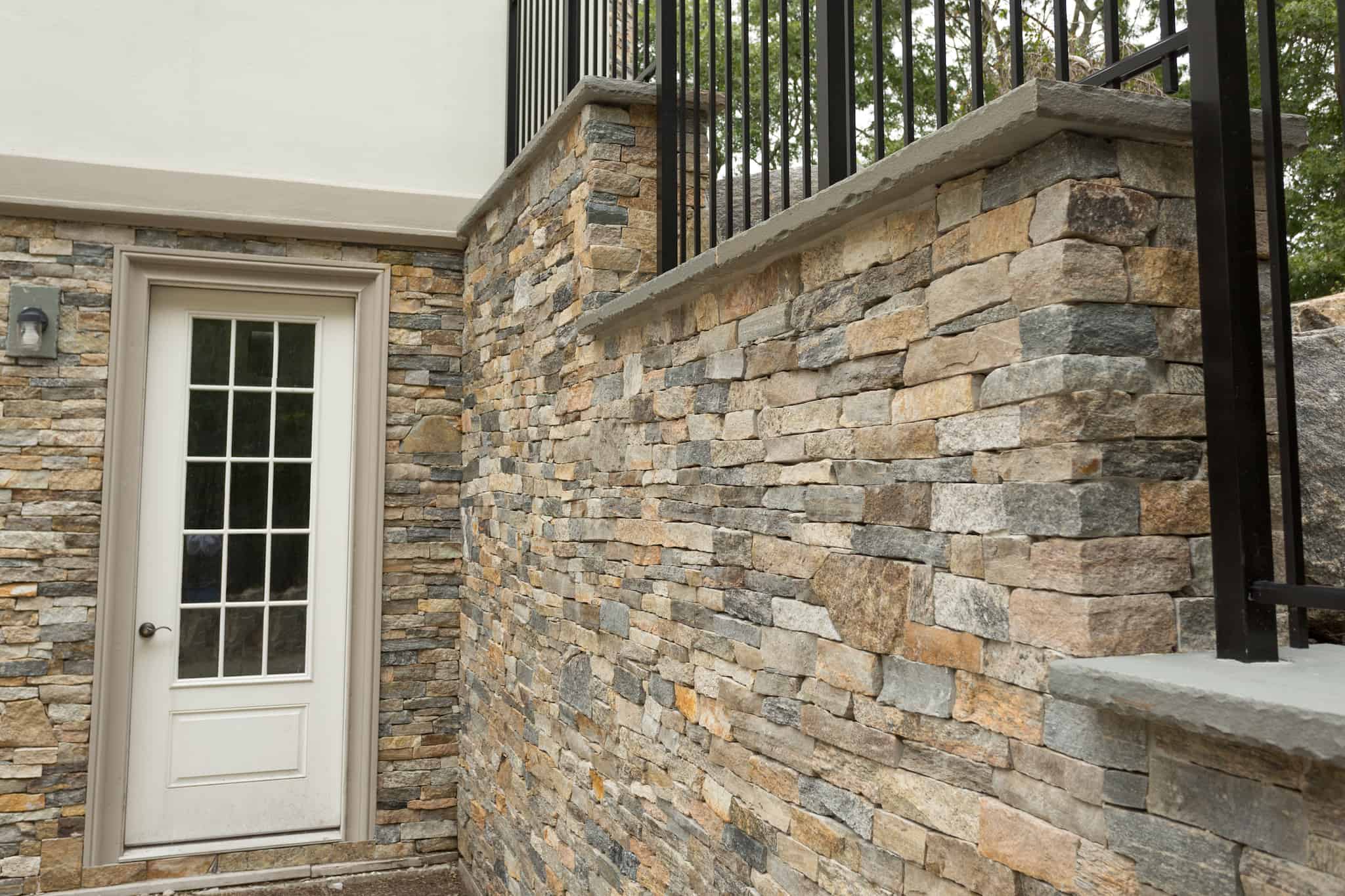
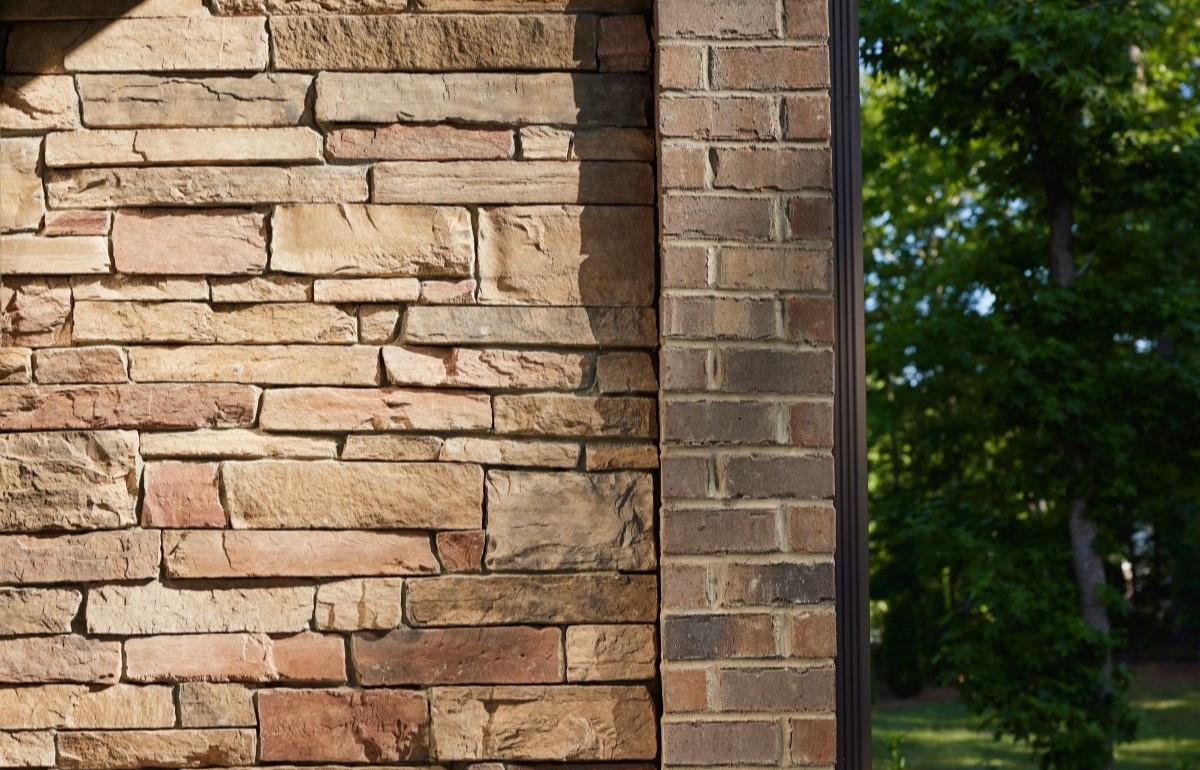
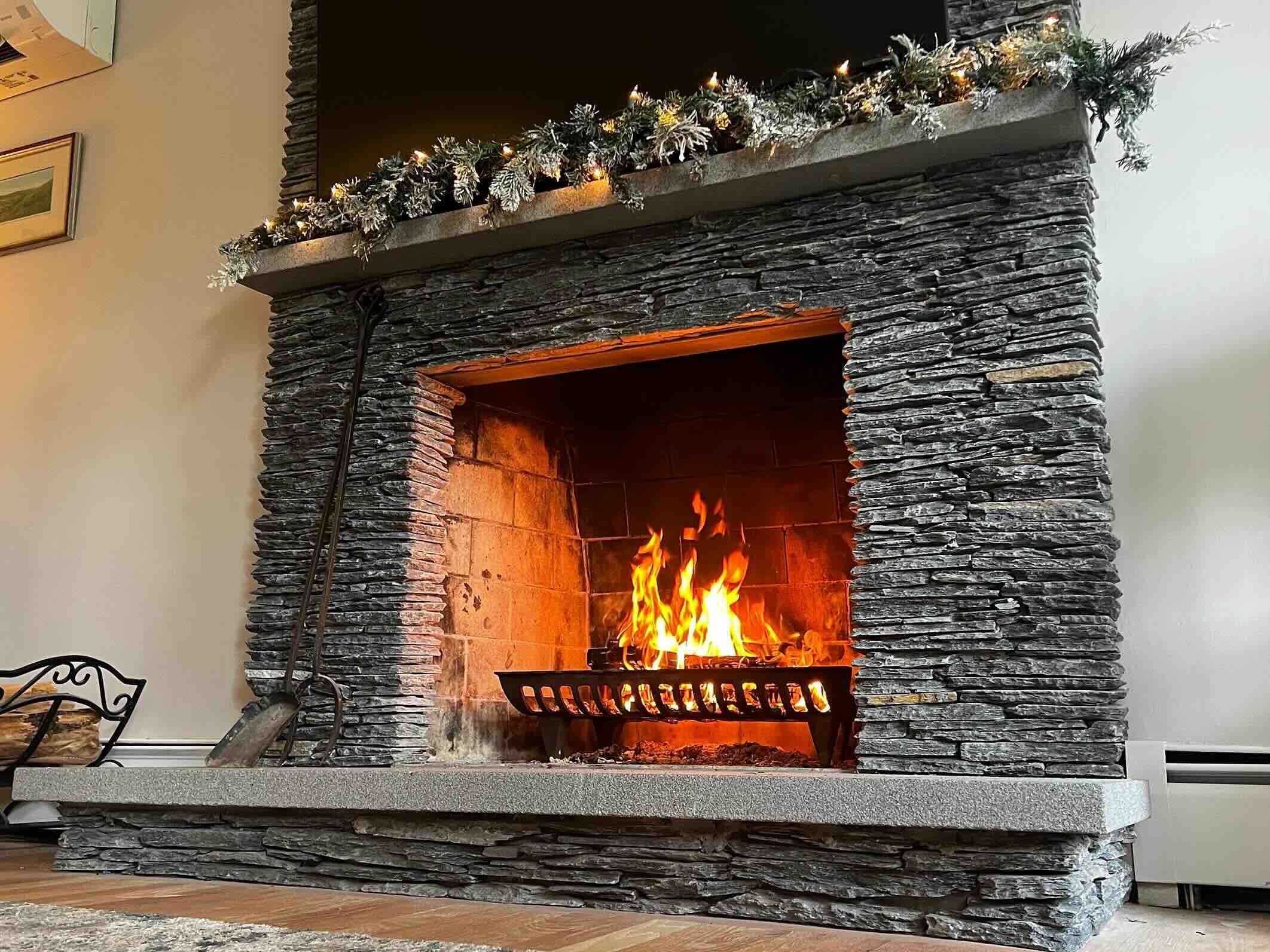
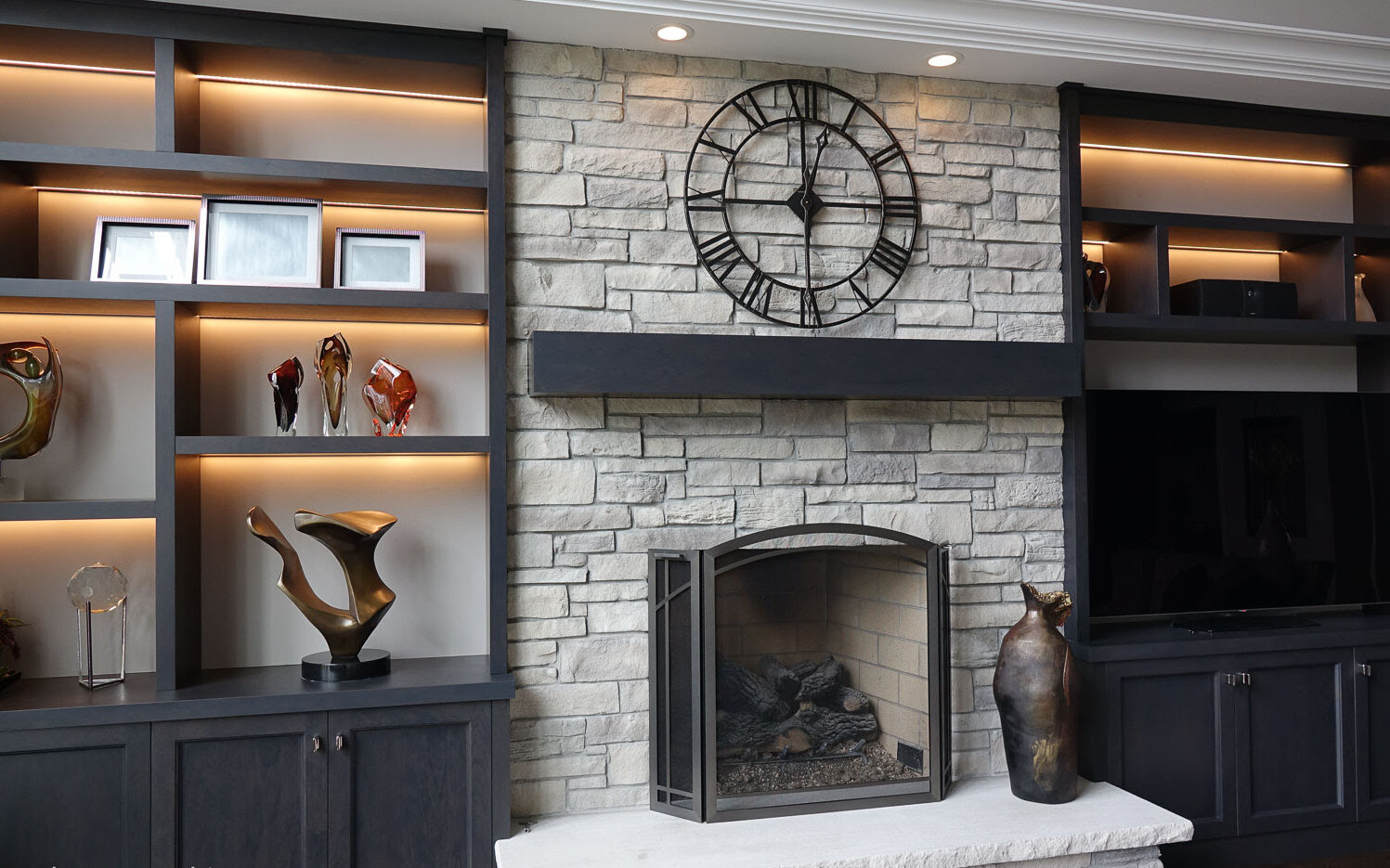

0 thoughts on “How Thick Is Stone Veneer”